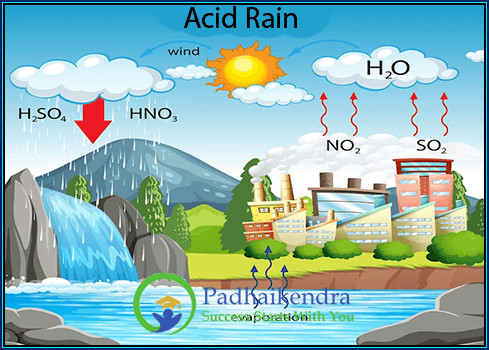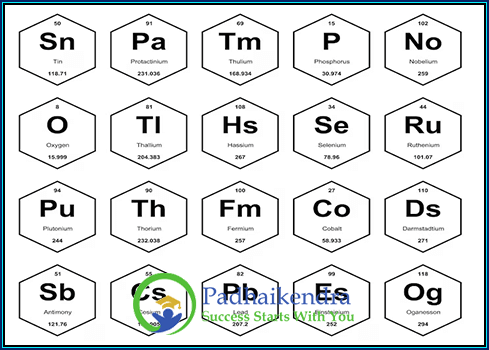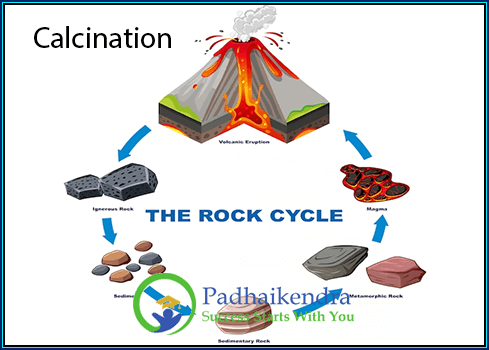Introduction
Allotropes of carbon are different forms of the element carbon that have different physical and chemical properties. The most common allotropes of carbon are diamond, graphite, and fullerene. Diamond is the hardest natural substance, while graphite is a soft, slippery material that is used in pencils. Fullerene is a spherical molecule with a cage-like structure. Other allotropes of carbon include nanotubes, nanobuds, and nanoribbons. These materials have a wide range of potential applications, including in electronics, medicine, and energy storage.
Categorized list of allotropes of Carbon:
There are two main types of carbon allotropes.
- Crystalline allotropes
- Amorphous allotropes
1. Crystalline allotropes
These allotropes have a regular, repeating pattern of carbon atoms. They include diamond, graphite, and fullerenes.
- Diamond: Diamond is the hardest naturally occurring substance. It is made up of carbon atoms arranged in a tetrahedral structure, which gives it its strength and durability. Diamonds are used in jewelry, industrial applications, and cutting tools.
- Graphite: Graphite is a soft, flaky material that is an excellent conductor of electricity. It is made up of carbon atoms arranged in a hexagonal lattice, which gives it its sheet-like structure. Graphite is used in pencils, lubricants, and electrodes.
- Fullerenes: Fullerenes are a type of carbon allotrope that have a spherical or ellipsoidal shape. They are made up of carbon atoms arranged in a closed cage structure. Fullerenes have a variety of potential applications, including in electronics, medicine, and materials science.
2. Amorphous allotropes
These allotropes do not have a regular, repeating pattern of carbon atoms. They include amorphous carbon, carbon nanotubes, and graphene.
- Amorphous carbon: Amorphous carbon is a non-crystalline form of carbon. It is made up of randomly arranged carbon atoms. Amorphous carbon is used in a variety of applications, including in filters, coatings, and lubricants.
- Carbon nanotubes: Carbon nanotubes are a type of allotrope of carbon that are long, thin tubes made of carbon atoms. They have a variety of potential applications, including in electronics, energy, and medicine.
- Graphene: Graphene is a two-dimensional allotrope of carbon that is made up of a single layer of carbon atoms arranged in a hexagonal lattice. Graphene is an extremely strong and lightweight material with a high electrical conductivity. It has a variety of potential applications, including in electronics, composites, and energy.
Properties of Allotropes of Carbon
The properties of allotropes of carbon vary depending on the type of allotrope. Some common properties of allotropes of carbon include:
- Hardness. Diamond is the hardest natural substance. Graphite is soft and slippery.
- Conductivity. Diamond is a poor conductor of electricity. Graphite is a good conductor of electricity.
- Melting point. Diamond has a very high melting point. Graphite has a much lower melting point.
- Density. Diamond is very dense. Graphite is much less dense.
Structure of Allotropes of Carbon
The structure of allotropes of carbon also varies depending on the type of allotrope. Some common structures of allotropes of carbon include:
- Diamond is a tetrahedral structure. Each carbon atom is bonded to four other carbon atoms.
- Graphite is a layered structure. Each carbon atom is bonded to three other carbon atoms in the same plane. The fourth bond is delocalized between the layers.
- Fullerenes are spherical or ellipsoidal molecules. They are made up of a closed cage of carbon atoms.
- Nanotubes are long, thin tubes made up of carbon atoms. They can be single-walled or multi-walled.
Allotropes of carbon are fascinating and versatile materials. They have a wide range of properties and applications, and they are still being studied and developed.
The study of allotropes of carbon is a rapidly growing field. As our understanding of these materials grows, so do the possibilities for their use. Allotropes of carbon have the potential to revolutionize many industries and to improve our lives in many ways.
Some thoughts on the future of allotropes of carbon:
- As research into allotropes of carbon continues, we can expect to see new and innovative applications for these materials.
- Allotropes of carbon have the potential to revolutionize many industries, including the energy, healthcare, and manufacturing sectors.
- The development of new and improved methods for producing allotropes of carbon will be essential to the widespread adoption of these materials.
- The future of allotropes of carbon is bright, and these materials have the potential to make a significant impact on our world.





